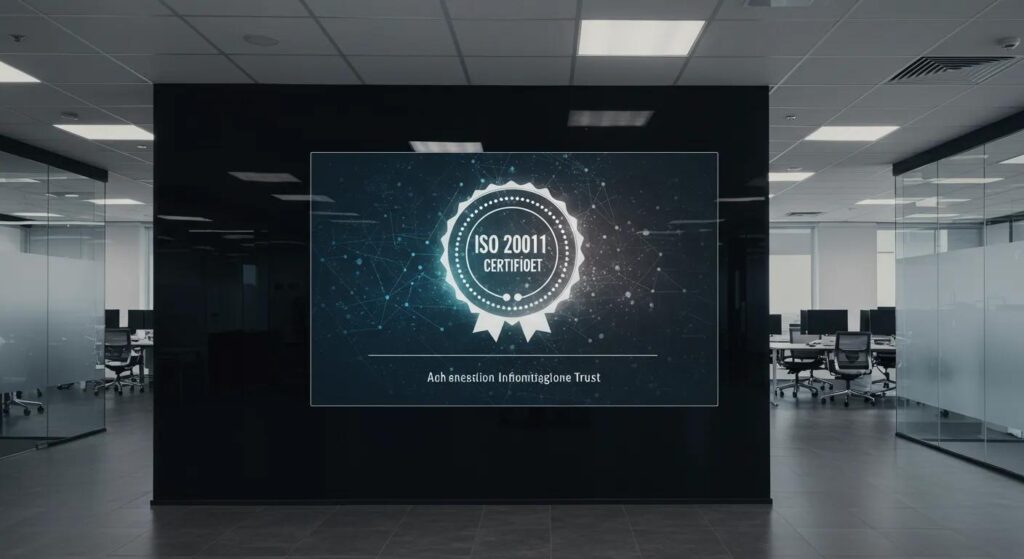Understanding ISO 14001: Key Principles
ISO 14001 is centered around the principles of environmental management, aiming to help organizations improve their environmental performance through more efficient use of resources and reduction of waste. This standard provides a framework for companies to create an effective environmental management system (EMS) that aligns with their business objectives.
Organizations that adopt ISO 14001 can benefit from enhanced compliance with environmental regulations, reduced environmental impact, and increased stakeholder confidence. For example, a manufacturing company implementing ISO 14001 may see a significant decrease in waste production and energy consumption, leading to cost savings and a more sustainable operational model.
Benefits of Implementing ISO Standards
Implementing ISO standards, including ISO 14001, provides numerous advantages for organizations looking to enhance their operational efficiency and market competitiveness. These benefits include improved risk management, increased customer satisfaction, and the ability to enter new markets that require compliance with international standards.
Moreover, organizations that achieve ISO certification often experience a boost in their brand reputation. For instance, a company that is ISO 14001 certified may attract environmentally conscious consumers and partners, thereby gaining a competitive edge in an increasingly eco-aware market.
Common Misconceptions About ISO 14001
Despite its benefits, there are several misconceptions surrounding ISO 14001 that may deter organizations from pursuing certification. One common myth is that ISO 14001 is only for large corporations, while in reality, small and medium-sized enterprises can also reap significant rewards from implementing this standard.
Another misconception is that obtaining ISO certification is a one-time effort. In truth, maintaining certification requires ongoing commitment to continuous improvement and regular audits. Organizations must remain proactive in their environmental management practices to uphold their certification status and demonstrate their dedication to sustainability.
How to Get Started with ISO 14001 Certification
For organizations interested in pursuing ISO 14001 certification, the first step is to conduct a gap analysis to assess current environmental practices against the standard's requirements. This analysis will help identify areas for improvement and establish a roadmap for implementing an effective environmental management system.
Following the gap analysis, organizations should engage employees at all levels to foster a culture of environmental awareness and responsibility. Training sessions and workshops can be beneficial in ensuring that everyone understands their role in achieving ISO 14001 compliance and contributing to the organization's sustainability goals.



